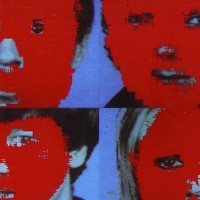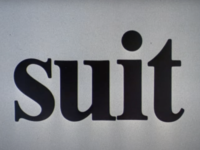At the age of 17, I knew nothing of funk guitar, or Dadaist poetry or African pop music. You can add the Talking Heads to that list too. Oh sure, I bet I knew about “Psycho Killer,” but I owned neither of the first two Talking Heads albums.
Maybe the music was too weird for me. Or maybe it wasn’t loud enough. I think I wasn’t yet at the point where “out” was a good thing. What caused me to buy Fear of Music after it arrived on Aug. 3, 1979? Was it that I’d just entered college? Was it a review in Creem magazine? Was it the way cool diamond plate pattern embossed on the album’s industrial-looking outer sleeve? Probably a little bit of each.
I do remember that when “I Zimbra” came wiggling out of my speakers, it was pretty obvious that I was onto something completely different. The insistent percussion, Jerry Harrison and David Byrne’s scratchy interlocked guitar parts, and those odd, almost tribal vocals: It was all so new and exhilarating to me. And just what was that language they were singing in? The music made me nervous. It also made me want to dance.
It was years later before I went on to investigate Afro-pop, the Dada movement, and all of the other bits of culture that the Talking Heads were smart enough to incorporate into their music. I have to credit them (along with Frank Zappa, Captain Beefheart, and a few others) for making me realize just how vast the world of art is.
- Why the Rolling Stones’ Harrowing ‘Gimme Shelter’ is Still Revealing New Depths - November 18, 2024
- How Talking Heads’ ‘Fear of Music’ Opened Up a World of Art and Sound - August 5, 2024
- How Deep Cuts Propelled Bruce Springsteen’s ‘Born in the U.S.A.’ - June 4, 2024




